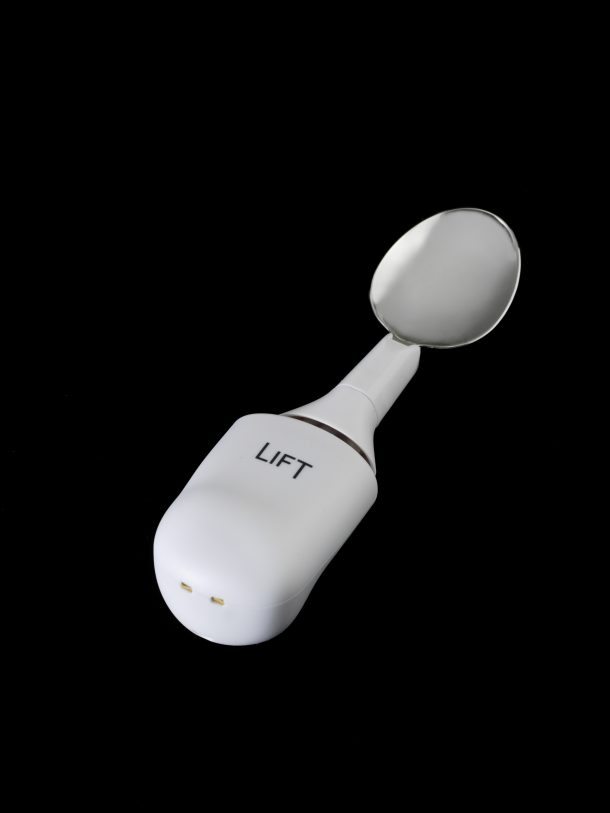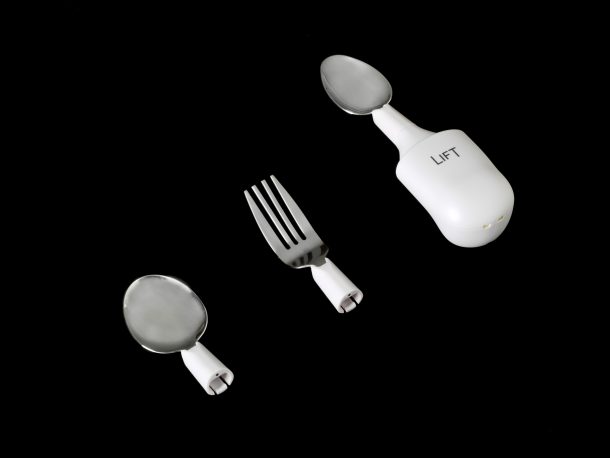Ade Adepitan (MBE, TV Presenter and Paralympic Medalist), Loyle Carner (BRIT Award and Mercury Prize nominated rapper) and Roma Agrawal (MBE, Structural Engineer and Author) are this year’s National Schools Challenge judges.
We asked Ade Adepitan why he’s excited to be a judge, and what he’d like to see designed in the future.
Use these questions in class to discuss what Ade says about design and to support students’ thinking about their own design ideas:
- What does Ade say he’d like to see invented, and why? Can you name three things?
- What did you learn about Ade’s experiences of design?
Ade’s advice is to: “always bear in mind people like me or every person in society, and try to make buildings and transport accessible for them”
- Can you think about all the ways your home or school could be more accessible for wheelchair users?
- How could journeys around your local area be made easier? You can start by thinking about your journey to and from school.
Further inspiration: collections insights
Ade says that: “design and innovation is about allowing you to be the best that you can be and making life easier and simple for you”.
The Liftware cutlery handle is an example of an innovative product that makes life easier and simpler for its users.

Lifting cutlery can be difficult for people with essential tremors and Parkinson’s disease. The Liftware handle uses algorithms to notice differences between tremors and intended movement. It then produces a counteractive motion to reduce shaking by up to 70 percent. The device contains a motion sensor and a small on-board computer. They direct two motors inside the base unit to move an attached utensil in the opposite direction of the tremor. This helps the user to more easily bring the utensil to their mouth without spillage.
Millions of people live with essential tremors and Parkinson’s disease worldwide. This product has the potential to be life-changing for many.

Ask your students to write down a list of everyday activities they do at home.
- Where do these activities take place? What objects do they use as part of each activity?
- How might these activities be more difficult for people with limited mobility?
- How could objects be adapted to make them easier to use and more flexible to different user needs?
For more inspiration head to the V&A Innovate Teachers’ Resources page, where you can download the Home and Community theme toolkits, and watch films about innovative objects with V&A curators.



